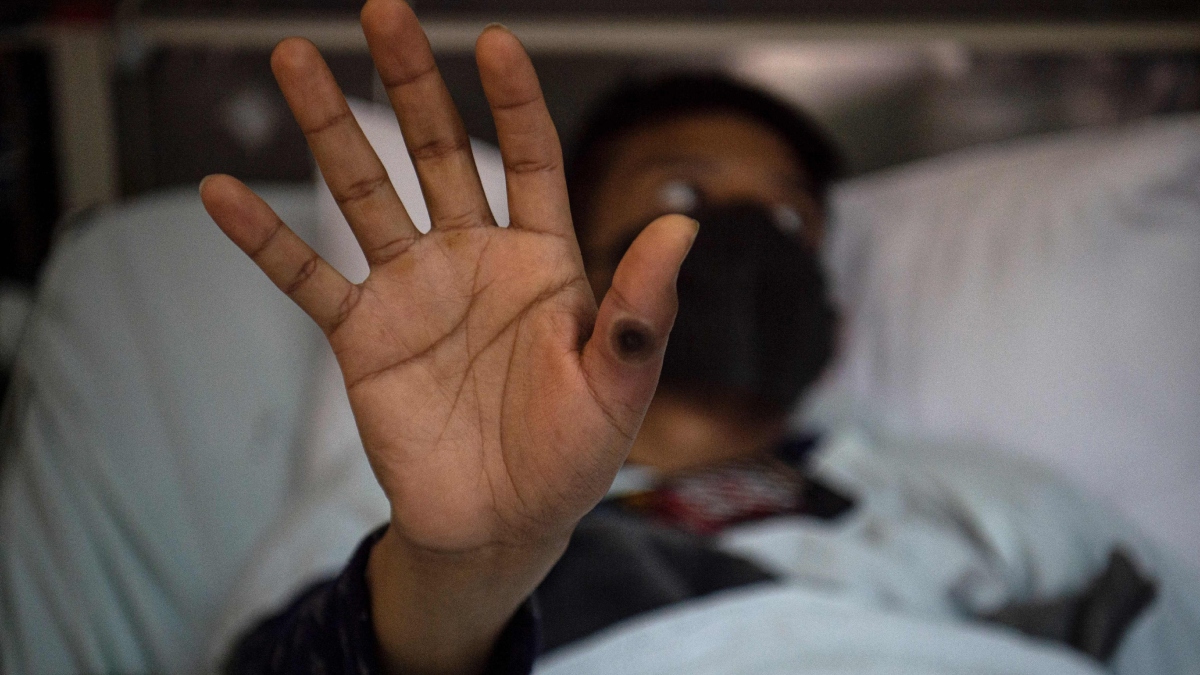With the World Health Organization (WHO) declaring Mpox—a viral illness caused by the monkeypox virus—as a Public Health Emergency of International Concern (PHEIC), several countries, including India, have increased surveillance measures.
The African region, especially central Africa, has been witnessing a surge in Mpox cases. WHO director-general Tedros Adhanom Ghebreyesus made the announcement after a meeting of the UN health agency's emergency committee.
Today the first extraordinary meeting of the Standing Committee on Health Emergency Prevention, Preparedness and Response was convened, following my declaration yesterday of a public health emergency of international concern over the upsurge of #mpox in Africa.
— Tedros Adhanom Ghebreyesus (@DrTedros) August 15, 2024
The Emergency… pic.twitter.com/5kcRQE05Nr
Since January 2023, more than 27,000 Mpox cases and around 1,100 deaths have been recorded in Congo alone.
What is Mpox?
Mpox is a viral illness caused by the Monkeypox virus (MPXV), a species of the genus Orthopoxvirus. It is closely related to the smallpox virus. According to The Conversation, the virus was first identified by scientists in 1958 following the outbreak of a “pox-like” disease in captive monkeys. The first human case was reported in 1970.
Symptoms of Mpox
Mpox symptoms, which usually start within 21 days of exposure, include fever, headache, fatigue, muscle ache, swelling of lymph nodes and rashes on hands, feet, face, chest, mouth or near the genitals. The rashes then form pustules and scabs, before healing.
 A man infected with mpox at the Goma General Hospital, Democratic Republic of the Congo | AP
A man infected with mpox at the Goma General Hospital, Democratic Republic of the Congo | AP
According to the Centers for Disease Control and Prevention (CDC), the incubation period for Mpox is 3-17 days. During this time, a person may not have symptoms. The symptoms typically last 2–4 weeks but, for people with weakened immune systems, it can take longer.
How is Mpox transmitted?
Mpox virus is spread through direct contact with infected wild animals, through skin-to-skin contact – intimate or sexual – with an infected person, and through contact with contaminated objects.
There are two types of Mpox: clade I and clade II. According to The Conversation, the current clade I (formerly called Congo Basin strain) and its offshoot clade Ib is more virulent than the clade II (west African) strain, resulting in a higher fatality rate. The global outbreak in 2022 was caused by clade II.
How to prevent Mpox?
 A patient being checked by medical team in Democratic Republic of the Congo | Reuters
A patient being checked by medical team in Democratic Republic of the Congo | Reuters
Mpox can be prevented by avoiding direct contact – intimate or sexual – with infected persons and animals, or with contaminated materials.
The most effective method to stop the spread is vaccination. According to the CDC, JYNNEOS is a two-dose vaccine developed to protect against Mpox and smallpox. The second dose should be given four weeks after the first dose. Vaccinated persons, however, should continue to avoid close, skin-to-skin contact with infected persons.
Does India need to worry?
The virus has, recently, spread to Rwanda and Burundi from Congo, and also to Kenya and Uganda. Less dangerous strains have been reported in the Ivory Coast and South Africa.
The first case of the clade I infection outside Africa was reported from Sweden on Thursday. Pakistan, too, has reported three cases. The infection was noted upon their arrival from the United Arab Emirates, though the strain that caused it is yet to be confirmed.
India has reported more than 20 cases of monkeypox since the disease was first detected in mid-2022. However, the risk of new strains and imported cases remain.
Tamil Nadu has already put airport health officers and port health officers on high alert, with special focus on passengers arriving from the Congo and central African countries.



